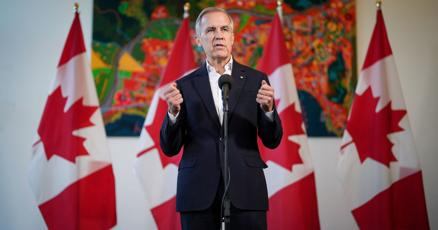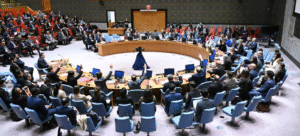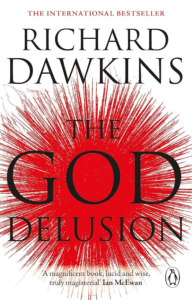A Bold Fiscal Gambit: Mark Carney’s Liberals and the $130 Billion Bet on Canada’s Future
As the political landscape of Canada gears up for the 2025 federal elections, Mark Carney’s Liberal party has unveiled a sweeping $130 billion spending plan, a strategic move designed to secure voter confidence and shape the nation’s trajectory. This ambitious fiscal blueprint, with its focus on defence, housing, and tax cuts, represents a calculated gamble, reflecting the party’s vision for Canada’s future and its response to the pressing challenges facing the country.

Fortifying National Security: Defence as a Priority
The cornerstone of this plan lies in its significant investment in defence. In an increasingly volatile global environment, the Liberals are signaling a commitment to bolstering Canada’s military capabilities and ensuring its security. This substantial allocation of funds aims to modernize the armed forces, enhance their readiness, and reaffirm Canada’s role as a reliable partner on the international stage. The emphasis on defence spending reflects a recognition of the evolving geopolitical realities and a desire to project strength and stability.
Addressing the Housing Crisis: Investing in Affordability
Simultaneously, the plan addresses the critical issue of housing affordability, a concern that resonates deeply with Canadians across the country. By earmarking a significant portion of the $130 billion for housing initiatives, the Liberals are seeking to alleviate the burden on families and individuals struggling to find suitable and affordable accommodation. This investment aims to increase the supply of housing, support the development of affordable housing projects, and address the systemic challenges that have contributed to the housing crisis. The focus on housing reflects a recognition of the social and economic implications of this issue and a commitment to creating a more equitable and inclusive society.
Stimulating Economic Growth: The Promise of Tax Cuts
Complementing these investments is the promise of tax cuts, a move designed to provide relief to Canadian taxpayers and stimulate economic growth. By reducing the tax burden on individuals and businesses, the Liberals are aiming to boost consumer spending, encourage investment, and create jobs. This fiscal measure reflects a belief in the power of tax cuts to drive economic activity and enhance the competitiveness of Canadian businesses. However, it also raises questions about the potential impact on government revenue and the long-term sustainability of the plan.
A Pivotal Moment: The Political Context and Electoral Implications
The unveiling of this $130 billion spending plan represents a pivotal moment in the lead-up to the 2025 federal elections. It underscores the Liberals’ commitment to addressing key issues facing Canadians and their determination to shape the nation’s future. The plan’s emphasis on defence, housing, and tax cuts reflects a strategic calculation, aiming to appeal to a broad spectrum of voters and solidify the party’s position.
The Challenges Ahead: Implementation and Long-Term Sustainability
However, the success of this ambitious plan hinges on its effective implementation and its ability to deliver tangible results for Canadians. The Liberals will need to demonstrate their capacity to manage public finances responsibly, ensure the efficient allocation of resources, and achieve the desired outcomes. Furthermore, they will need to address potential concerns about the plan’s long-term sustainability and its impact on the national debt.
The Final Verdict: A Bet on Canada’s Future
Ultimately, the $130 billion spending plan represents a bold fiscal gambit, a calculated bet on Canada’s future. As the 2025 elections draw closer, the Liberals will need to articulate their vision clearly, communicate their plan effectively, and demonstrate their ability to deliver on their promises. The success of this ambitious strategy will ultimately determine their electoral fortunes and shape the course of Canadian politics for years to come.




















